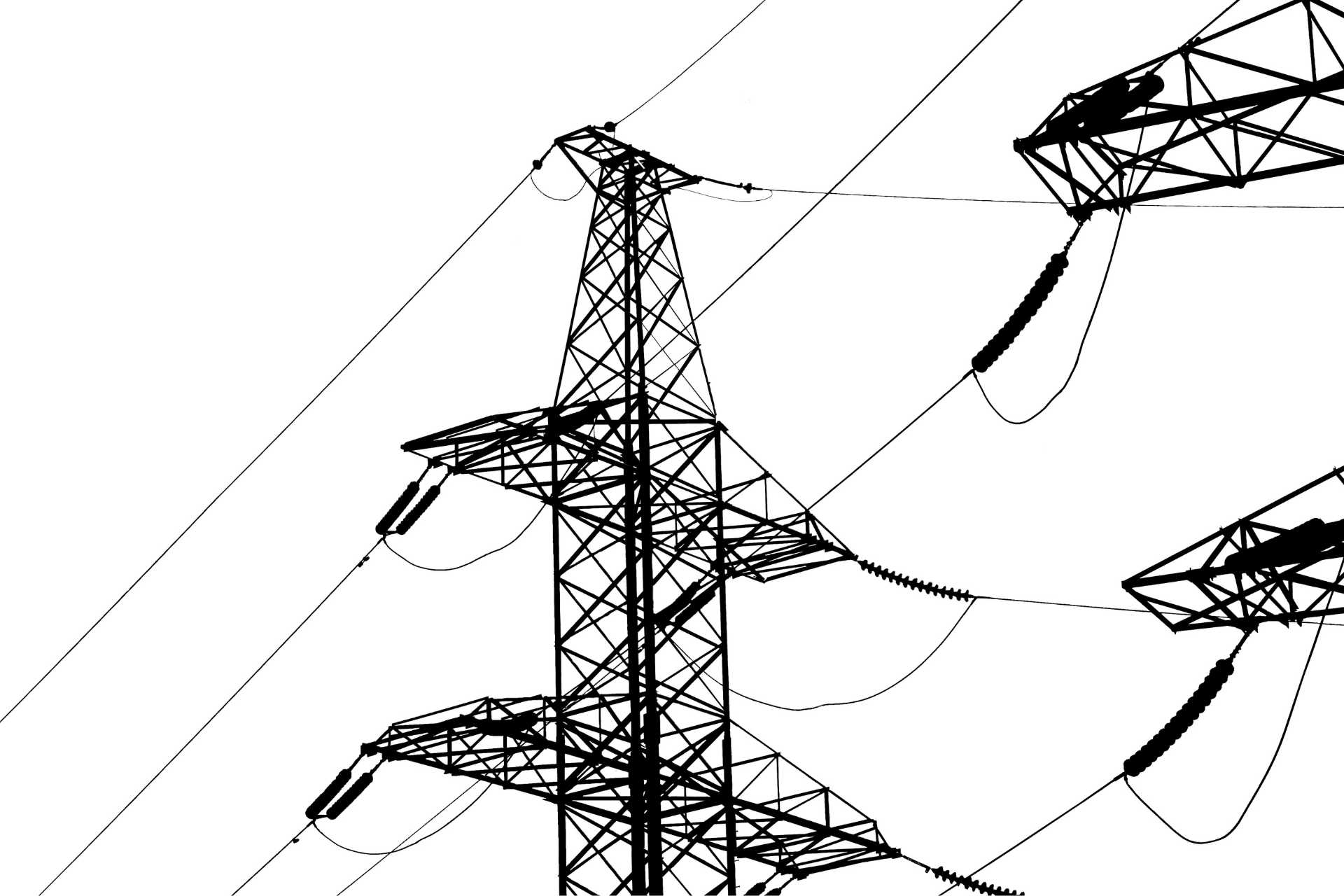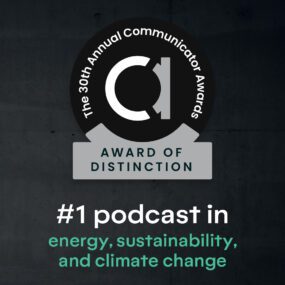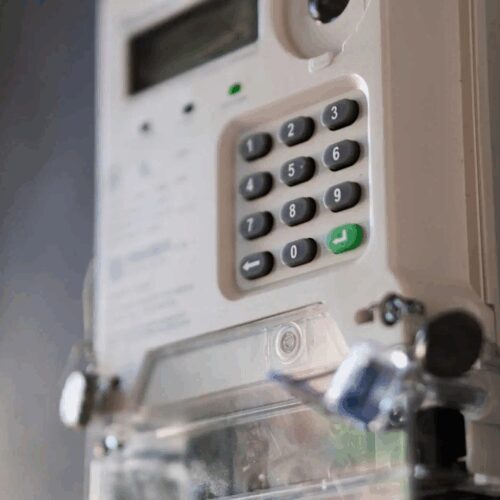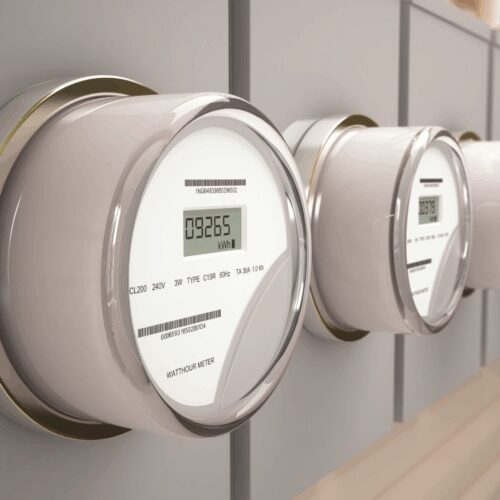Two radically different paths for the power sector
The outcome of the election could complicate the energy transition. But there are grid-scale projects that can withstand political upheaval.

The outcome of the election could complicate the energy transition. But there are grid-scale projects that can withstand political upheaval.

Sign up for our magazine
The premier outlet for compelling storytelling around the innovators and innovations driving the clean energy transition.
This summer, the climate and energy research group Energy Innovation analyzed Republican and Democratic policy papers to map the parties’ approaches to the clean energy transition.
Not surprisingly, “the two paths that we have before us are starkly different,” said Energy Innovation CEO Sonia Aggarwal on an election day episode of With Great Power. Aggarwal formerly served as special assistant to the President for climate policy, innovation, and deployment, where she worked on the Inflation Reduction Act.
According to Energy Innovation’s analysis, a Harris administration that continues to amplify Biden’s climate policies could put the U.S. on a 2030 trajectory to slash emissions by half compared to 2005, create 2 million new jobs, and prevent 4,000 early deaths from lowering pollution.
Meanwhile, its analysis of Project 2025 — the 920-page conservative policy initiative co-authored by former Trump administration officials and conservative think tank The Heritage Foundation — predicts a second Trump administration would send the clean energy transition into a backward slide.
Aggarwal said that four more years of Trump could put the U.S. on a 2030 trajectory to emit billions more tons of carbon dioxide, eliminate 1.7 million jobs, and cause 2,000 additional early deaths from increased air pollution.
Project 2025 also calls for axing the Inflation Reduction Act, the largest U.S. climate law ever passed. And Trump — who has tried to distance himself from the controversial policy plan — has said he will “rescind all unspent” IRA funds.
But the law has proven to be “really good for business, and it’s also really good for people.” Repealing it would be bad policy — and likely bad politics. Eighteen Republican representatives sent a letter in August to House speaker Mike Johnson, noting the energy tax credits from the IRA “have spurred innovation, incentivized investment, and created good jobs in many parts of the country.”
Reimagining the grid
Whatever the outcome of the election, the power sector will continue to evolve quickly as electricity demand rises quickly and utilities commit to net-zero targets. Aggarwal outlined ways energy industry leaders could reimagine existing infrastructure — including overhauling existing U.S. power plants that run intermittently.
“They found kind of a staggering result, in my opinion,” she said. “If we just use those existing interconnections, building clean energy around those and injecting that into the grid, we could approximately double the capacity of the entire United States grid.”
A 50-year-old coal power plant in central Minnesota is already in line for the change. The Sherco coal-fired plant in Becker, Minn. will be shuttered within five years, and Xcel Energy is planning to send power from a massive solar project to the grid through its existing connection.
Earlier this year, Energy Innovation released a study it conducted with GridLab and UC Berkeley researchers on the potential for refitting existing power lines with advanced conductors. Their study found that reconductoring could quadruple the pace of transmission development, while cutting the cost of a 90% clean grid by $85 billion by 2035.
Reconductoring is a somewhat complex process, Aggarwal noted. State-level regulatory barriers often stand in the way of existing infrastructure upgrades. But it offers a path to cleaner energy that political change can’t touch.
“I really am quite bullish about existing interconnections and what more we can get out of them,” Aggarwal said.
To keep the U.S. on track to meet its emissions reduction target, the Energy Innovation analysis showed one clear path: continuing the current energy policy trajectory.
“When President Biden took office, we were on track for about 25% emission reductions in 2030, compared to 2005 levels,” Aggarwal said. “We are now on track to cut emissions by 40% in 2030. [Biden] set a goal for cutting emissions by 50-52% by 2030, and that really is the target that we still have in our sights at Energy Innovation and in much of the climate community.”
For the full conversation with Sonia Aggarwal, listen to her interview on season 4 of With Great Power here.
With Great Power is a show about the people building the future grid, today. It’s a co-production of GridX and Latitude Studios. Subscribe on Apple, Spotify, or anywhere you get your shows.
Read the original article from Latitude Media here.

GridX Nabs a Communicator Award for With Great Power
With Great Power recognized for exceeding industry standards in business-to-business communications.




